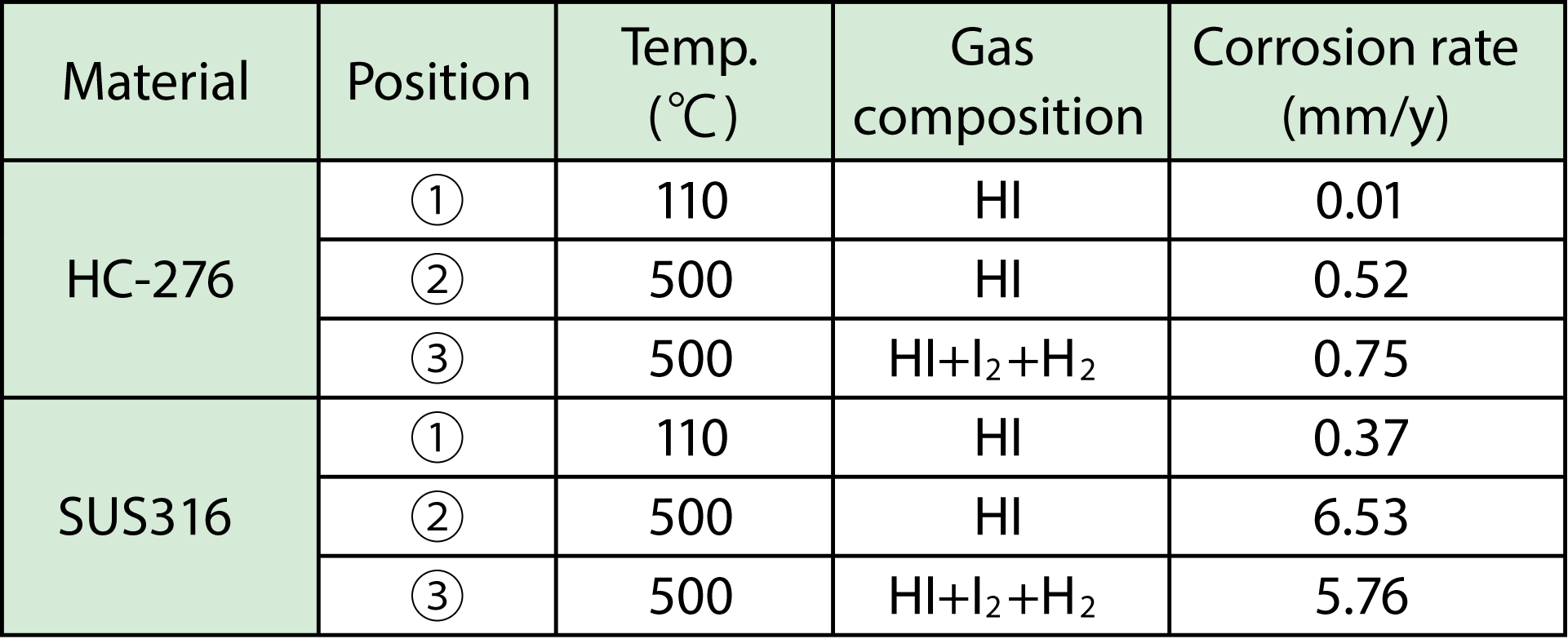
Fig.6-14 Corrosion test for gaseous HI decomposition environment

Fig.6-15 External appearance of the test specimens
Table 6-3 Corrosion rates of test specimens

Structural materials with high corrosion resistance are required in the iodine–sulfur (IS) thermochemical process of water-splitting hydrogen production, which occurs in a corrosive liquid or gaseous environment over a wide temperature range. Although ceramic materials such as SiC and glass are highly resistant to corrosive environments, they are difficult to fabricate for large-scale reactors. Therefore, metallic materials are preferred in commercial large-scale H2 production.
Previous studies confirmed that nickel-based alloy is corrosion resistant in a gaseous HI environment with water vapor. However, the corrosion resistance of this material in the practical dry gaseous environment of HI decomposition, where dry HI is decomposed into I2 and H2 with a catalyst at 500 ℃, has not been clarified. Especially, as I2 can form metal iodides, it might corrode the metallic alloy. To evaluate this possibility, we performed a corrosion test of the nickel-based alloy Hastelloy C-276 (HC-276) in the practical environment.
The test specimens were placed in the HI decomposer (Fig.6-14) and their corrosion rates were determined from their weight changes after the corrosion process. Considering that the corrosion rate obeyed a parabolic rate law in the coexistence of water vapor (as determined in previous studies), the exposure time was conservatively decided as 100 h. For comparison with the candidate material HC-276, we also tested the corrosion resistance of JIS-SUS316. The test specimens were placed in three regions: ① the reactor inlet, ② upstream of catalyst layer, and ③ inside the catalyst layer.
After the test, the specimens showed uniform surface roughening consistent with general corrosion (Fig.6-15). Table 6-3 summarizes the average corrosion rates. Neither specimen was seriously corroded at position ① due to the low temperature in this region. At positions ② and ③, the corrosion rate of JIS-SUS316 was approximately 6 mm/y, meaning that this material cannot withstand the corrosive environment. On the contrary, the HC-276 specimen showed good corrosion resistance (at most 0.75 mm/y), though it is suggested that the specimen was corroded at a rather higher rate in the catalyst by I2.
In future work, we will clarify the development of the corrosion rate in longer corrosion tests, and will try to improve the corrosion resistance of HC-276 by forming protective oxide layers. This will be attained by pre-oxidizing HC-276 and adding water vapor to the HI decomposition environment.
<Previous: 6-6 | Next: 7 Research and Development of Fast Reactors>